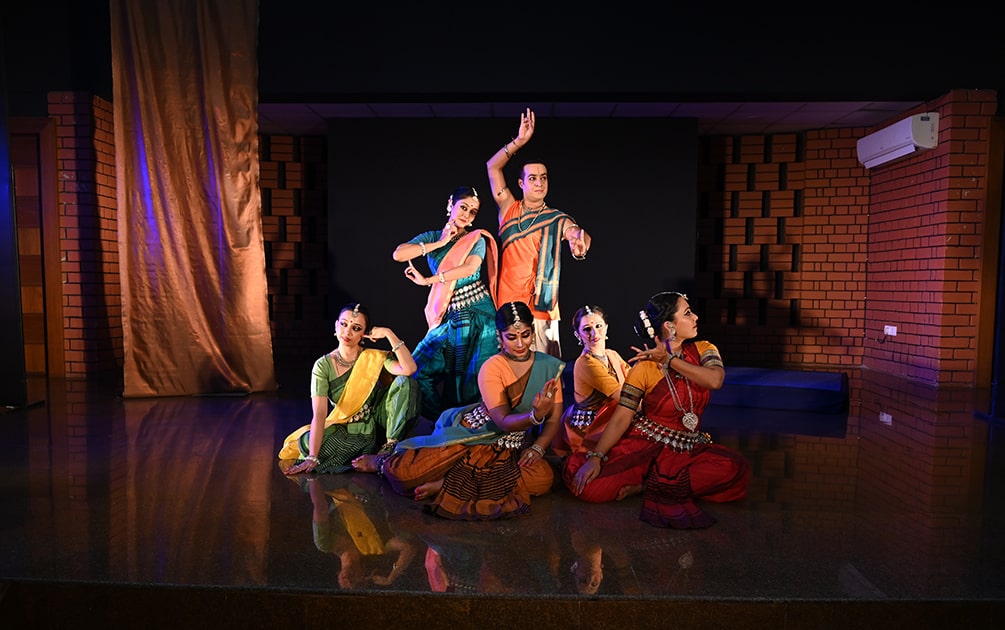
El Dorado – The Golden One! The
ballet artistically portrays the voyage
of a beautiful girl who has gone in
search of happiness.
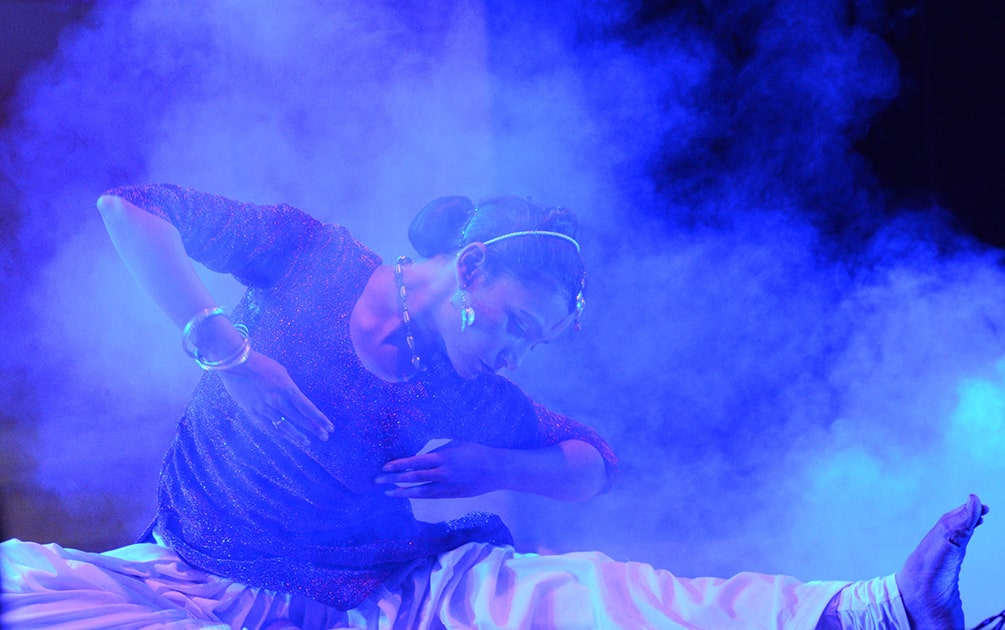
from Panorama – one of the earlier
productions of Renu Foundation.
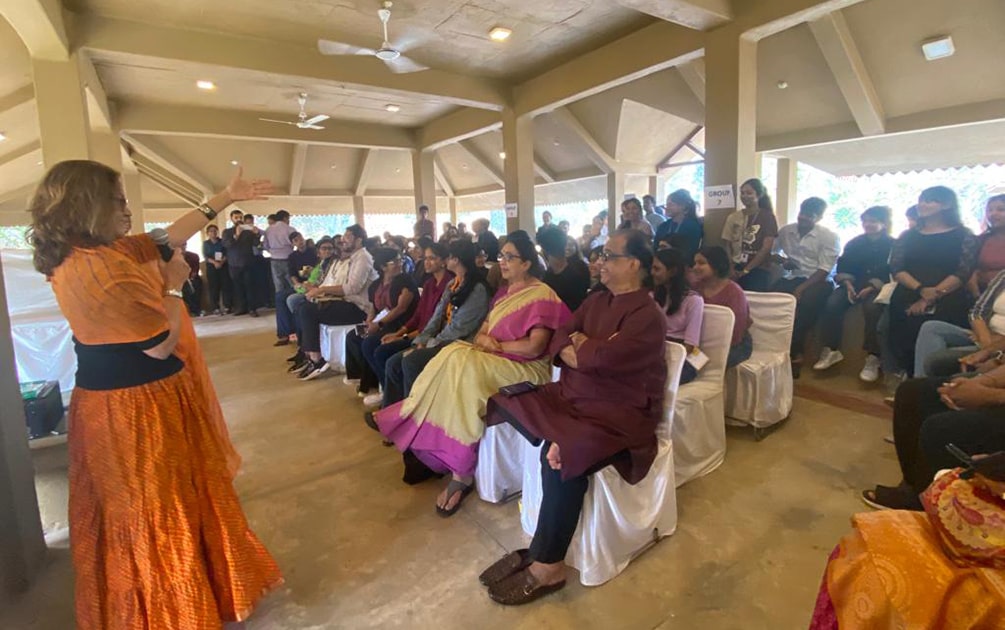
in the pre-show Design workshop.
In our Season 2, the musical
El Dorado performed as a case study in
Design and Creativity.
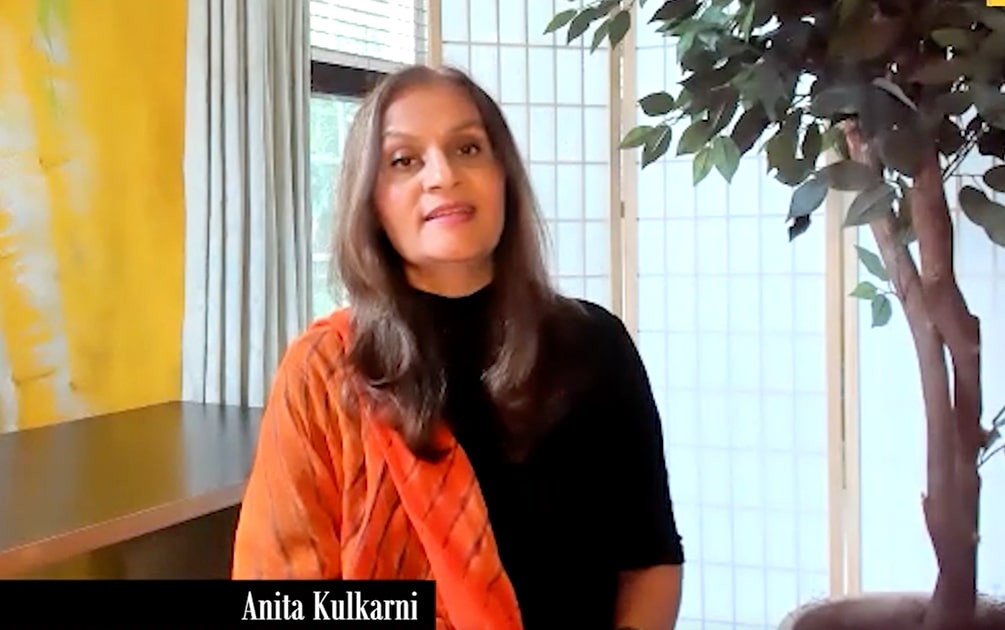
- a Renu web series that explored Indian
art forms in their lesser-known
facets in conversation with exponents.
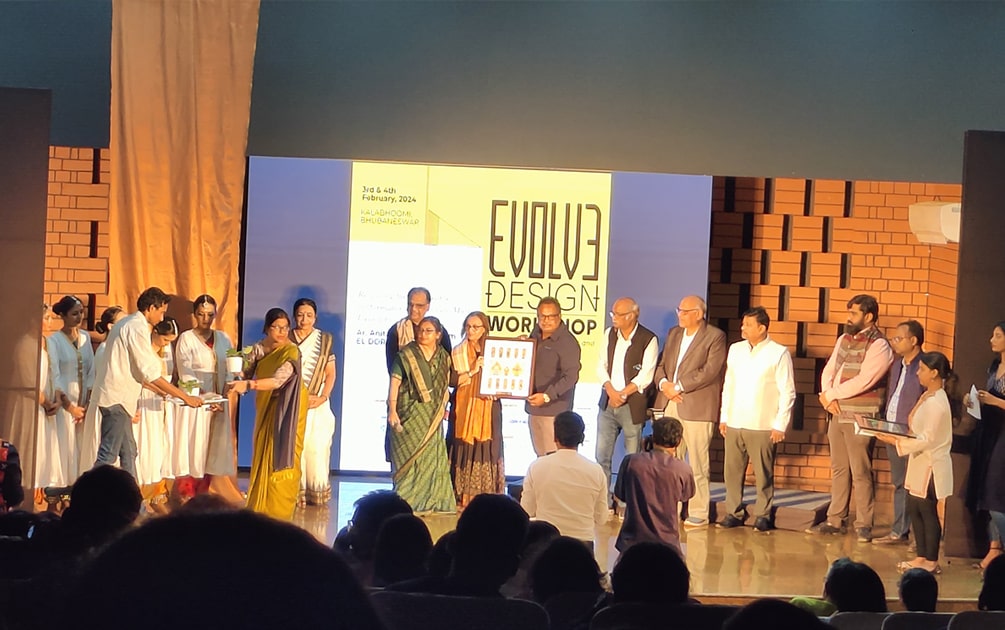
The Dean and top faculty of the Odisha
Architecture colleges and the Indian
Institute of Architects Odisha Chapter
officials.
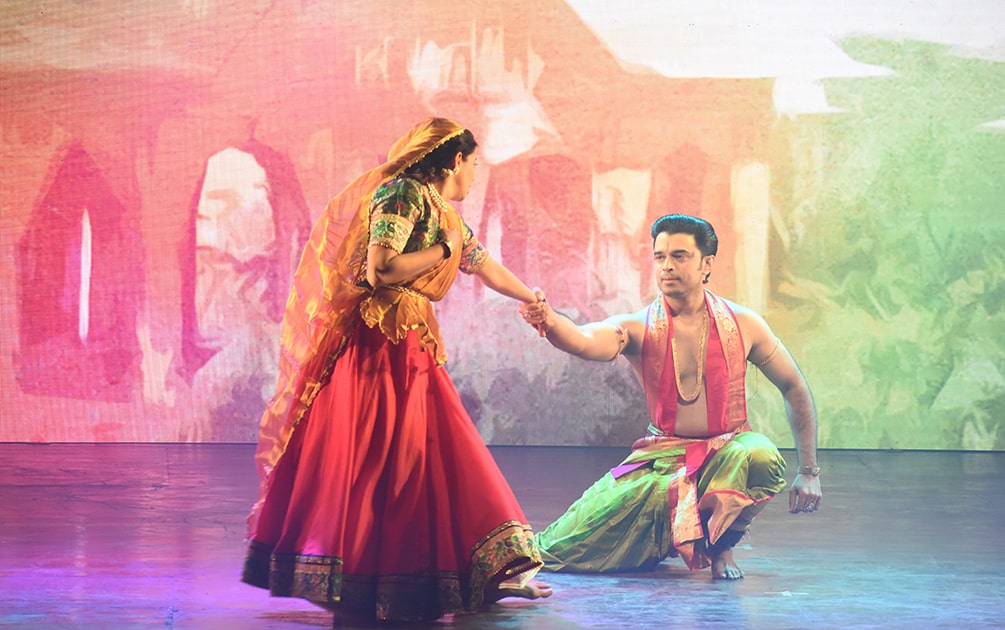
aesthetic, and romantic Radha-Krishna
sequence from the Renu production
Meet Me on the Meadow.
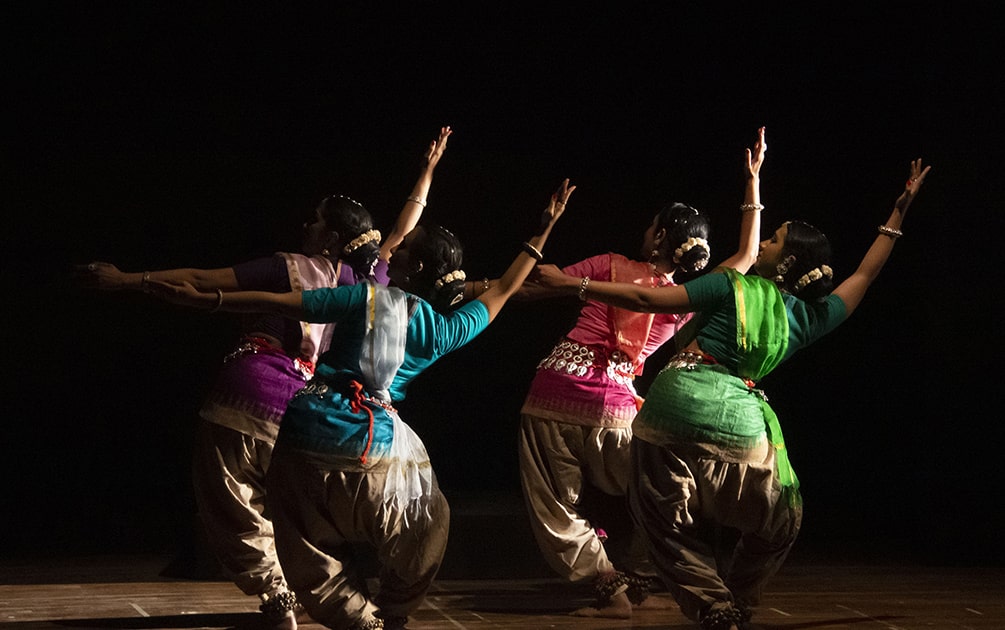
that marks a poignant turning point in
the story.
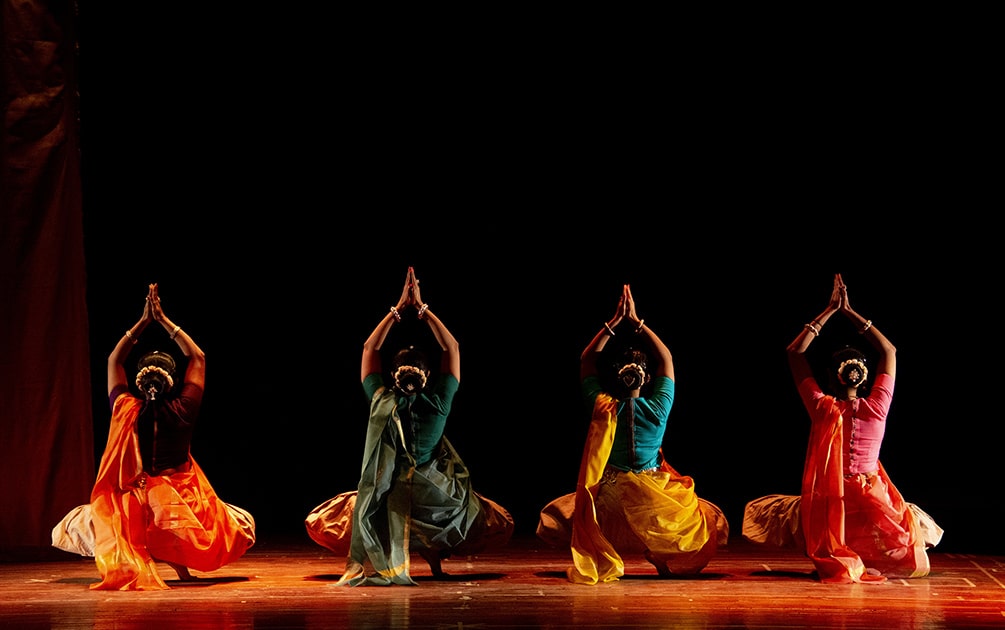
of El Dorado depicting Usha
– the beautiful and serene morning on
the notes of the morning raag Bairagi.
It was the theatre of Ancient Greece in Europe where music and dance first presented comedies and tragedies on stage around the 5th century BCE. The tradition saw ups and downs in the centuries to come. The musicals we know may have roots in the French and the Viennese Operettas of the 1800s, which achieved international popularity for the first time. Later the 19th century entertainment brought the forms of the music hall, comic opera, burlesque, vaudeville, variety shows, pantomime, and the minstrel show, blending the traditions of French ballet and acrobatics, with dramatic interludes. While the contemporary Broadway musical took its form from Operetta, it got its comic soul from the variety entertainments (musical performances, sketch comedy, magic, acrobatics, juggling, and ventriloquism) that delighted America from the mid-1800s.
The genre Stage Musicals thus, is very western in its origins. An Indian Classical dance performance is known to follow the traditional structure or repertoire of a multitude of short presentations, each displaying a specific aspect of dance, mostly depicting the larger-than-life happenings and characters from Indian mythology. An Indian music performance on the other hand is always a deep dive into pure music itself, blossoming in the form of raags. A typical Indian Classical dance performance can hardly be called an Indian Musical for the simple reason that there is no continuous tenor of a storyline. An Indian music performance, likewise, presents an assortment of raag renderings, each one with its persona (mood, character) expressed through notes and phrases and each developing on an upward graph of musical complexity. The Crescendo in an Indian music performance typically makes an exhilarating sensory experience purely with its musical value and aesthetics, and not with words, poetry or a story that ends in a climax. The modules in an Indian Classical dance performance will develop along a narrative with Dance in foreground and center stage. In the western sense of the term therefore, these Indian Classical dance or music performances can hardly be categorized as Indian Musicals. Renu Forum for the Arts brings to global audiences Indian Musicals that very much include Indian Classical dance and music performances, packaged in a fictional storyline.



